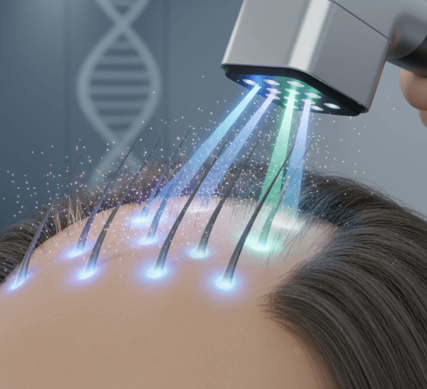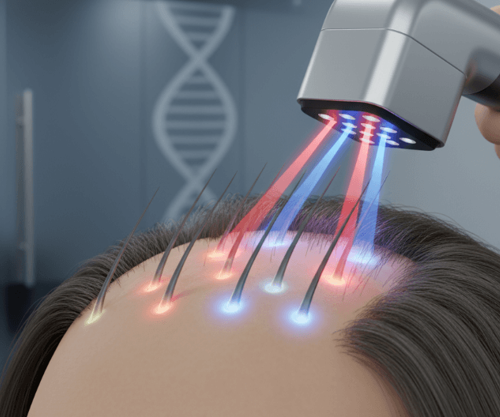How Korean surgeons tailor alarplasty techniques for African, Asian, and Middle Eastern nasal features.
Alar base reduction surgery, or alarplasty, is a transformative procedure that refines wide or flared nostrils to create a more balanced facial appearance. But achieving natural-looking results depends heavily on one key factor: ethnic sensitivity.
South Korea is a global leader in cosmetic surgery, attracting patients from around the world. Top Korean plastic surgeons are trained to respect and enhance ethnic identity, not erase it. This is especially crucial in alar reduction, where differences in nostril shape, skin thickness, and nasal anatomy across ethnic groups require customized surgical strategies.
Here’s how expert surgeons in Korea approach alarplasty for African, Asian, and Middle Eastern patients—with precision, cultural understanding, and aesthetic respect.
🧬 Why Ethnicity Matters in Alar Reduction
Different ethnic groups have unique nasal structures. Factors influencing the surgical plan include:
- Nostril width and flare
- Skin thickness and healing tendencies
- Cartilage strength
- Risk of visible scarring or pigmentation
- Desired aesthetic outcomes (natural vs. sharp refinement)
A one-size-fits-all approach can result in over-correction, loss of ethnic identity, or unnatural proportions. That’s why ethnic rhinoplasty principles are applied even in isolated alar base procedures.
🌍 1. Alar Reduction for African Noses
Common Traits:
- Wide nostrils and pronounced alar flare
- Thicker, oilier skin
- High risk of keloid or hypertrophic scarring
- Often paired with a flat nasal bridge and broad tip
Tailored Techniques:
- Internal incisions or minimal external Weir excision to reduce flare while hiding scars
- Tissue-sparing methods to avoid over-reduction
- Surgeons avoid aggressive narrowing, focusing on harmonizing nostril shape with facial width
- Advanced scar management protocols (silicone therapy, laser resurfacing)
Patient Goals: Natural-looking narrowing, improved proportion, but preservation of ethnic features
🌏 2. Alar Reduction for East & Southeast Asian Noses
Common Traits:
- Mild to moderate nostril flare
- Low nasal bridge
- Thicker soft tissue with moderate skin elasticity
- Smaller nasal structure overall
Tailored Techniques:
- Often performed in conjunction with augmentation rhinoplasty using silicone or Gore-Tex implants
- Internal alarplasty or hidden incision within the alar groove is preferred for scar-free results
- Conservative reduction to maintain symmetry and avoid pinching effect
- Special attention to tip projection and balance when combined with other procedures
Patient Goals: Subtle nostril narrowing that maintains the soft, natural look typical of East Asian profiles
🕌 3. Alar Reduction for Middle Eastern Noses
Common Traits:
- Moderate to large nasal width
- Strong nasal bones and prominent dorsum
- Thicker skin and slightly more fibrous tissue
- Desire to retain traditional nasal strength, but reduce flare or bulbous features
Tailored Techniques:
- Alar base reduction with open rhinoplasty is common to address both shape and proportion
- Surgeons work to preserve the characteristic nasal identity while offering refinement
- External incisions hidden within creases using camouflaged Weir techniques
- Careful management of scar formation and swelling
Patient Goals: A harmonious profile that refines the nose without erasing ethnic distinctiveness
🏥 Why Korean Surgeons Excel at Ethnic Alarplasty
- Global experience: Korean clinics routinely treat international patients from the U.S., Africa, the Middle East, and Southeast Asia
- Advanced scar care systems: Korea leads in post-operative laser therapy, LED healing, and keloid prevention
- Facial harmony emphasis: Korean surgeons are trained to evaluate facial proportions holistically—considering skin tone, bone structure, and cultural aesthetic ideals
- Customized planning: Use of 3D simulations and facial analysis tools to plan personalized surgical outcomes
🧴 Post-Surgery Care for Diverse Skin Types
Ethnic skin types may be more prone to hyperpigmentation, keloids, or prolonged swelling. That’s why Korean clinics offer:
- Scar gel therapies and taping systems
- Red and blue LED light treatments for collagen stimulation
- Professional skincare regimens that reduce inflammation and discoloration
- Bilingual coordinators to guide international patients through aftercare
📌 Final Thoughts
Alar reduction surgery isn’t just about narrowing nostrils—it’s about respecting the balance between aesthetic enhancement and cultural identity. Korea’s top surgeons have mastered the delicate art of ethnic alarplasty, producing results that are both refined and respectful.
✨ Whether you’re African, Asian, or Middle Eastern, choosing a clinic that understands ethnic anatomy and aesthetics is key to achieving natural, beautiful results.




